
Basic Breathing Techniques in Meditation: Start Calm, Stay Clear
Chosen theme: Basic Breathing Techniques in Meditation. Explore simple, science-backed ways to settle your mind, soften stress, and begin a sustainable meditation habit—one gentle breath at a time. Subscribe for weekly guidance, practice audios, and friendly accountability.
Why Breath Matters in Meditation
Your body on breath: diaphragm, nerves, and rhythm
Slow, steady breathing gently stimulates the vagus nerve, supporting calm, digestion, and a steadier heart rate variability. The diaphragm moves like a parachute, massaging organs and signaling safety. This soothing rhythm teaches your nervous system to trust stillness.
Attention rides the breath like a friendly wave
When the mind wanders, the breath offers a familiar wave back to shore. Each inhale gathers attention, each exhale releases gripping thoughts. By returning kindly, you learn steadiness without strain, cultivating focus and warmth rather than pressure.
A small story to anchor your practice
On a crowded train, Maya noticed her breath catching. She softened her belly, counted four in and six out, and watched irritation drift. Ten stops later, she arrived present, not perfect—proof that basics can transform ordinary moments.

Find your stable, easeful seat
Sit on a chair or cushion with hips slightly higher than knees. Lengthen through the crown, relax the jaw, and soften shoulders. Stability supports the breath, and comfort encourages consistency, especially when starting a new meditation habit.

Hand placements to feel the breath
Place one hand on your belly and one on your side ribs. Notice the outward expansion on inhale and soft return on exhale. This tactile feedback teaches diaphragmatic movement and helps beginners trust the body’s natural rhythm.

Set the scene to minimize friction
Choose a quiet corner, dim your phone, and set a gentle timer. Even two minutes can create momentum. Consistent cues—same chair, same light—train your mind to settle quicker. Share your setup tips with our community for inspiration.
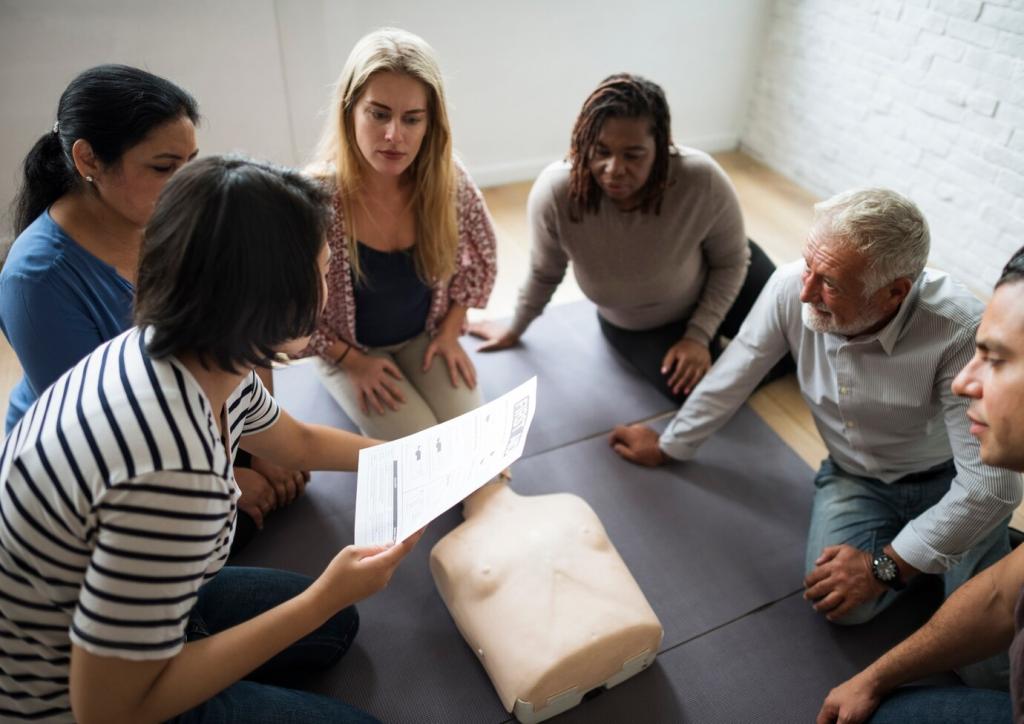
How to practice belly-and-rib breathing
Inhale through the nose, letting the belly and side ribs gently expand. Exhale slowly, feeling a soft return inward. Keep the throat relaxed, breaths quiet, and pace unhurried. Aim for even, comfortable waves rather than dramatic movements.
A gentle count to guide you
Try inhaling for four counts and exhaling for six. If that feels tight, shorten both counts equally. The slight lengthening of the exhale signals calm, helping the mind unhook from urgency while maintaining an easy, breathable rhythm.
Troubleshooting tense or shallow breaths
If your shoulders lift or breath feels sharp, pause and yawn, relax your jaw, and soften your belly. Reduce counting until comfort returns. The goal is ease, not perfection—small adjustments build confidence and keep practice sustainable.
Box Breathing (Four-Square) Made Simple
Inhale through the nose for four counts, hold for four, exhale for four, hold for four. Keep the jaw and throat soft. Start with two to three minutes, adjusting counts if needed to maintain comfort and ease.
Use it before a presentation, during transitions, or when emotions run hot. The even structure occupies busy minds while quieting the body. Many readers report clearer decisions and steadier posture after just a few gentle rounds.
If holding the breath feels tense, shorten or skip the holds and keep the cycles smooth. Comfort always comes first. Share which count works for you in the comments—your experience may guide another beginner toward ease.
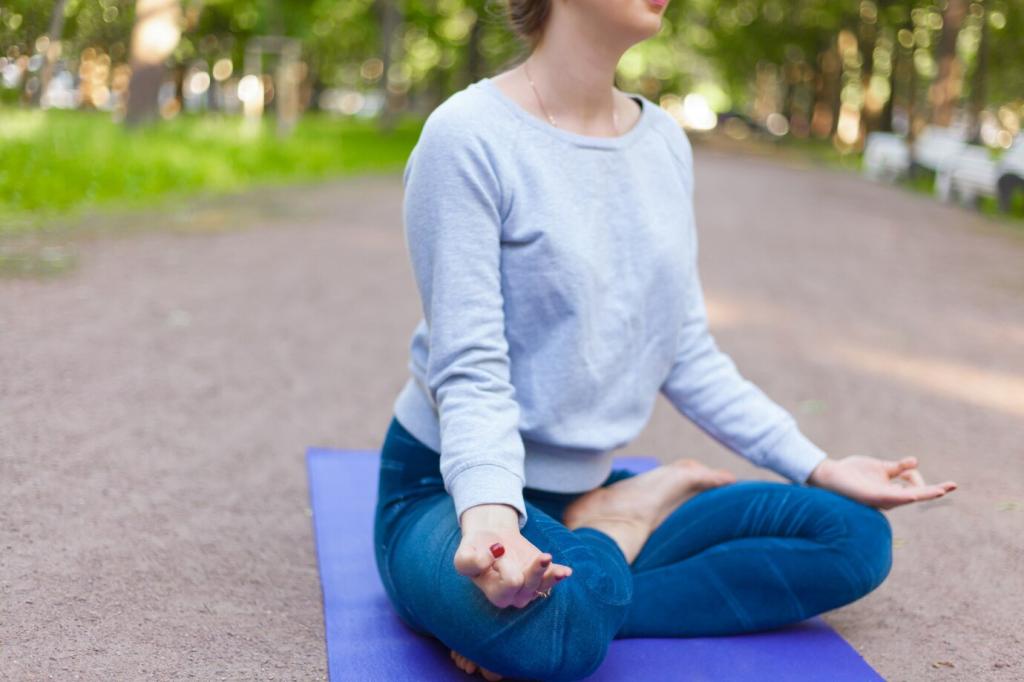
4-7-8 and Counted Exhale Techniques
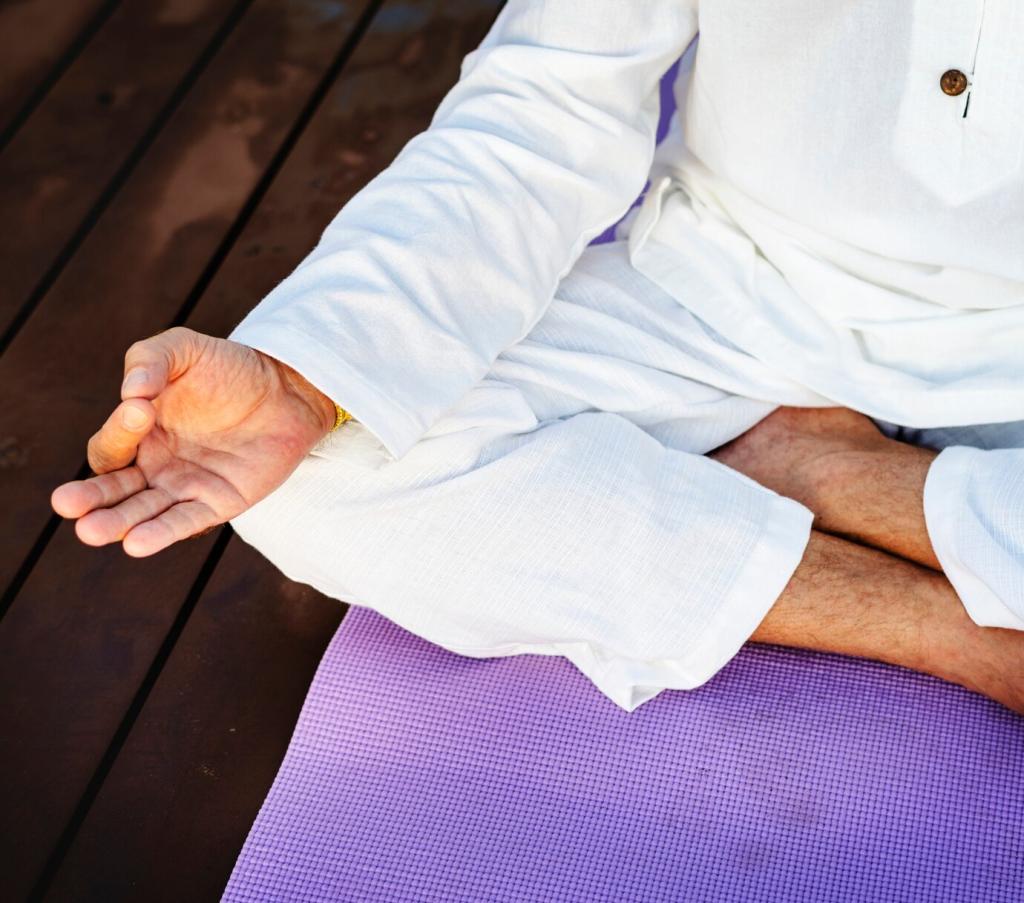
Inhale through the nose for four, gently hold for seven, exhale through the mouth for eight with a soft whoosh. Aim for lightness, not drama. One to four rounds can help transition into meditation or evening wind-down.
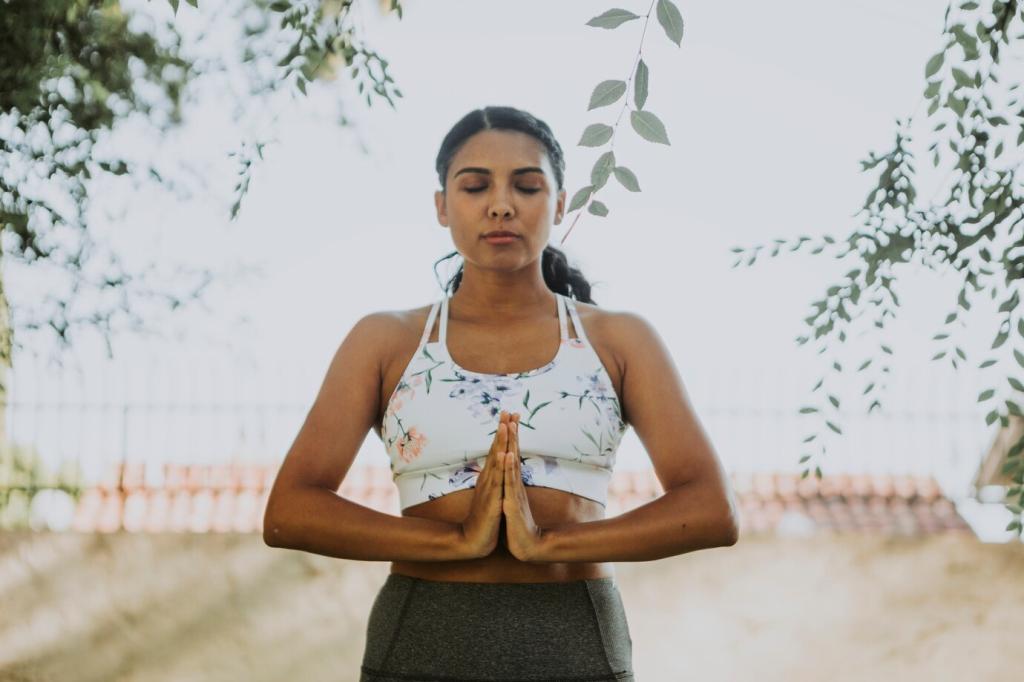
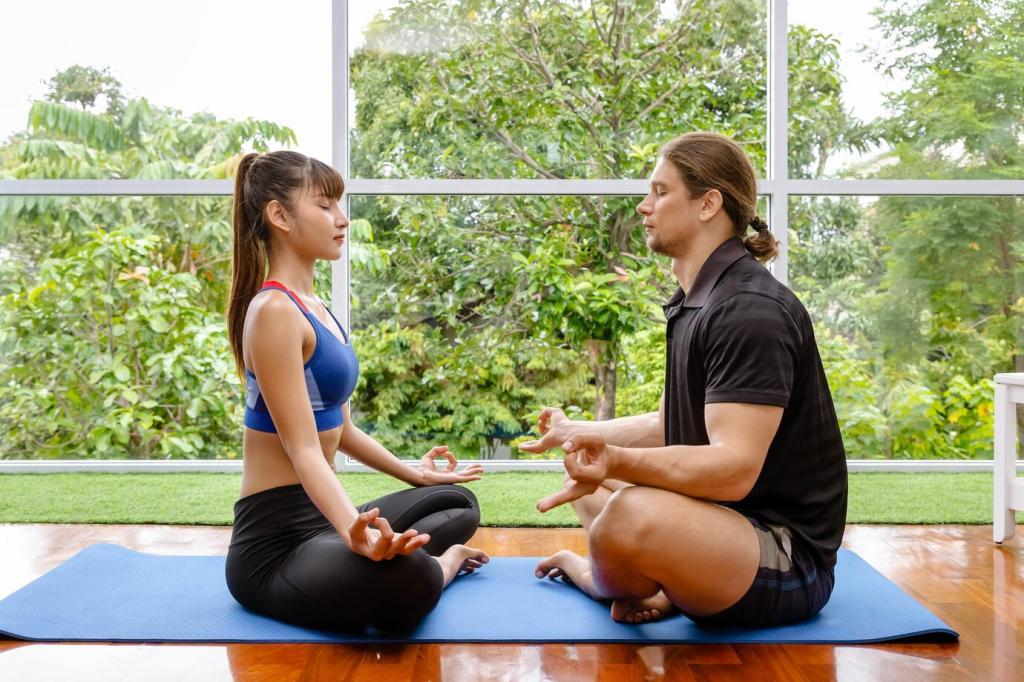

Build a Daily Practice with Basic Techniques
Try three slow breaths before opening email, five during a commute pause, and a minute before sleep. Link breathing to daily cues. Small repetitions weave meditation into life without demanding extra time or elaborate routines.
Build a Daily Practice with Basic Techniques
Day 1–2: diaphragmatic breathing, two to five minutes. Day 3–4: box breathing, two minutes. Day 5: 4-6 counted exhale. Day 6: 4-7-8, one to three rounds. Day 7: your favorite. Comment which day felt best.
Build a Daily Practice with Basic Techniques
Track sessions on a calendar or sticky note. Celebrate streaks with a kind smile, not pressure. Share wins and wobbles below, and subscribe for gentle check-ins that keep your basic breathing techniques fresh and encouraging.
Tracking Progress and Staying Consistent
After a session, jot three lines: how the breath felt, what count you used, and one thing you will repeat. Over time, patterns emerge, showing which basic technique meets different moods best for you.
